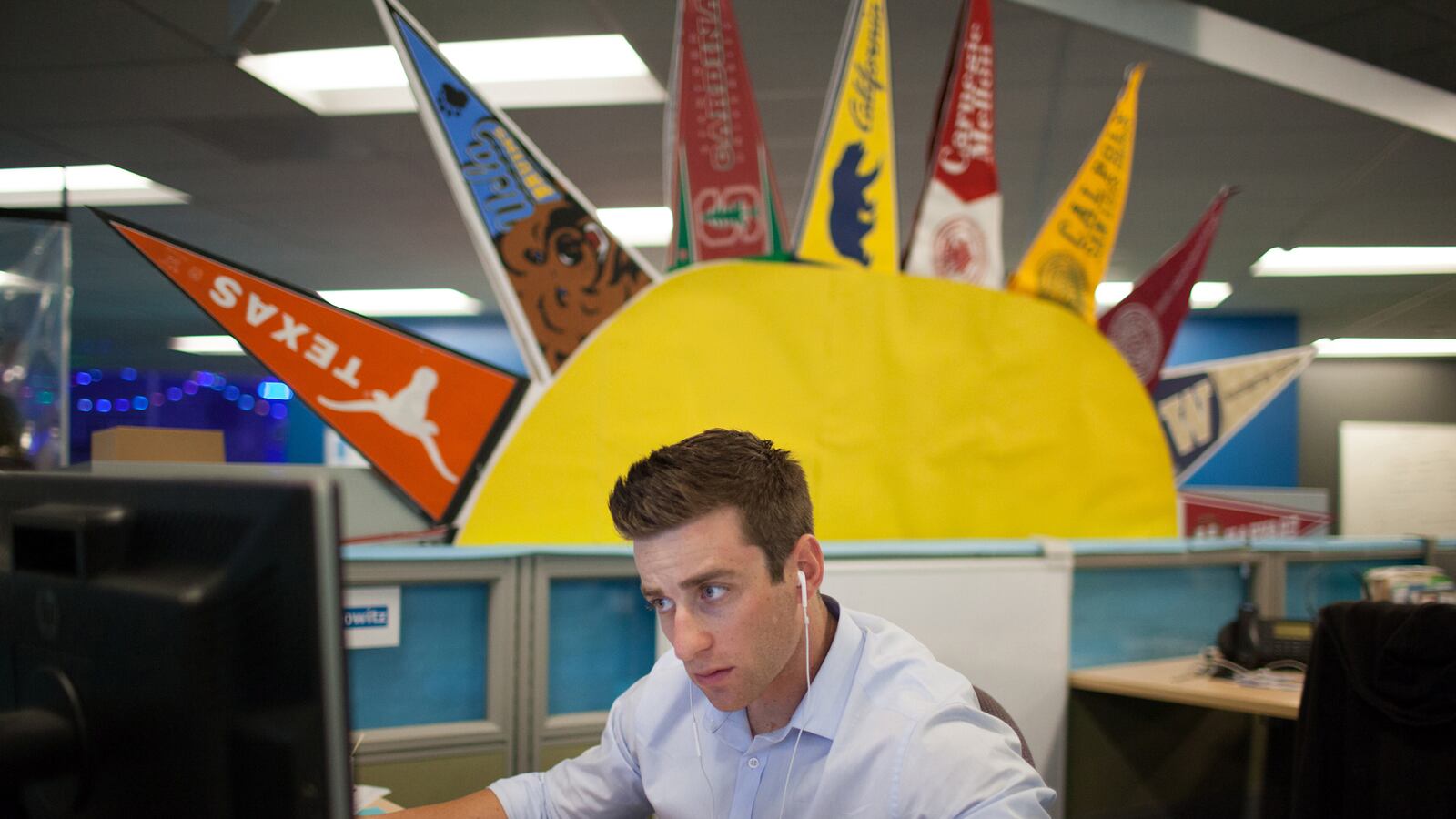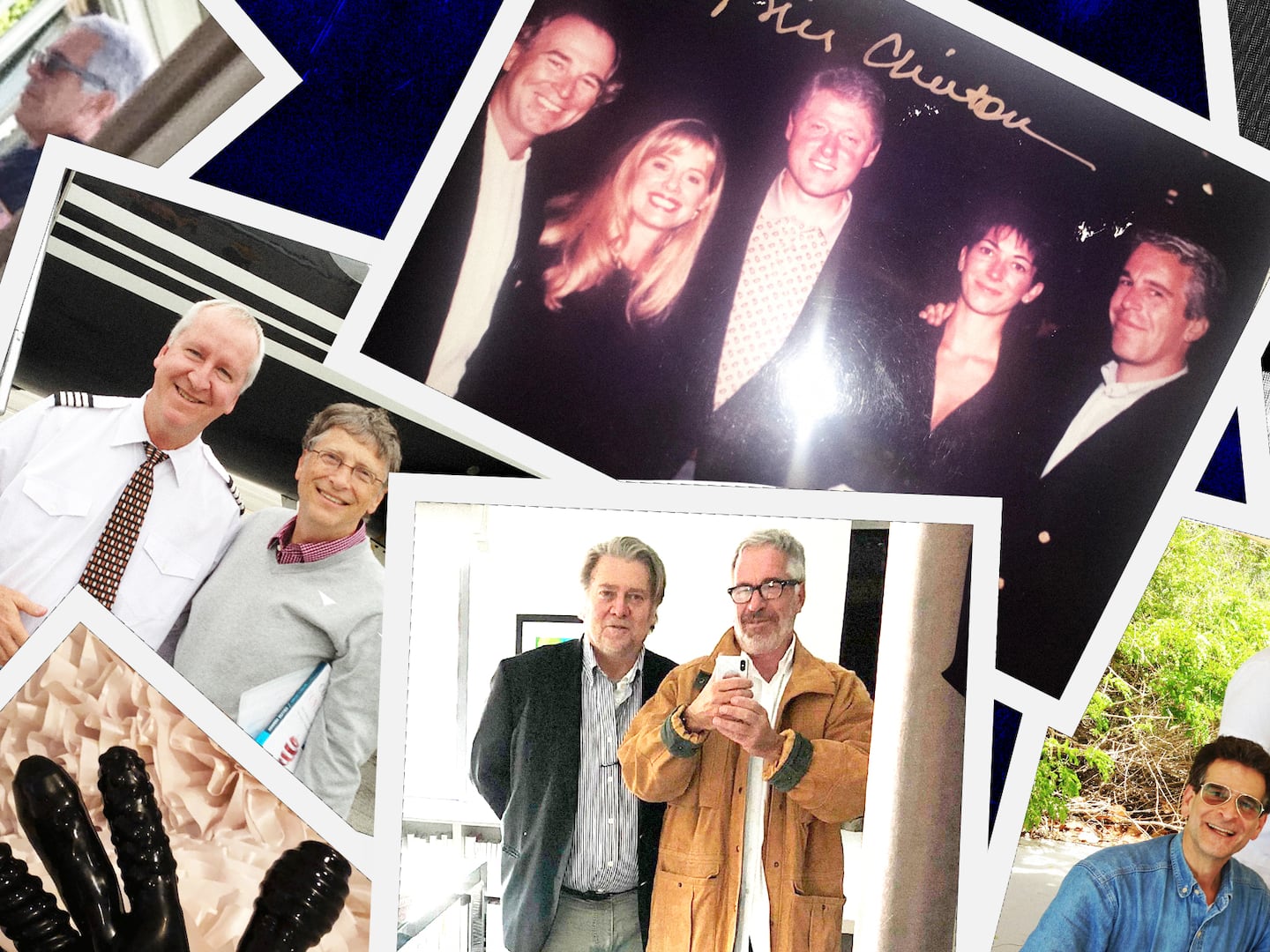LinkedIn, the very popular business networking site, is throwing open its electronic gates and inviting teenagers in. The excuse seems to be the rollout of University Pages, which will enable high school students to explore university-related content. Effective this week, the minimum age to join LinkedIn in the U.S. has fallen from 18 to 14.

There are two ways of looking at this. The cynical way is to note that this might be the desperate act of a mature social media giant that has saturated the market. Some phenomena gain scale so quickly that the bosses determine the only place they can go to find new customers is the younger demographics. Mobile phone companies, having signed up every adult and teen, for years have been targeting tweens and preteens. Facebook has long allowed kids as young as 13 to get a Facebook. Last year, The Wall Street Journal reported that Facebook was looking into ways to let kids younger than 13 access the site. LinkedIn now has 238 million members and counting. To maintain its breakneck growth, it almost has to look for younger members. (Disclosure/Humblebrag: I’m a LinkedIn Influencer.)
There’s a second, less cynical way of looking at the move. LinkedIn is a business site. It’s a way for people to keep up with their peers’ careers, to make connections, to scout out investors, clients, and contacts. And young people today are integral parts of the corporate economy—to a level not seen since the bad old days of child labor in factories and farms. This isn’t about seeing kids as consumers. Rather, it’s about seeing kids as actors in the economy, as people who work and have great ideas.
When I was a teenager back in the early 1980s, kids’ work was typically very small scale entrepreneurship—mowing lawns, lemonade stands, shoveling snow, baby-sitting. When we interacted with large corporations, it was as entry-level, minimum-wage employees of McDonald’s or the Gap. My first “job,” was working for the Gannett Company as a delivery boy for the Lansing State Journal at the age of 11. People would use the original social network—friends, family, neighbors—to find out about jobs or scare up business.
But today’s entrepreneurial kids paint on a much broader canvas. The Internet has given them the tools, the ability, the platforms, and skills to create and sell products and services—in short, to participate in the ever-growing digital economy. Young people can do everything their elders can: run fundraising campaigns, start websites and blogs, sign up with ad networks, buy and sell on eBay, build apps. This fine website about the New York Mets, which has ads and merchandise for sale, is run by two high school students (one of whom happens to be my nephew.) On the Internet, when it comes to doing transactions or creating content, if you’re competent nobody cares whether you are old enough to buy a drink or drive a car.
And increasingly, big companies are eager to do business with youngsters. Consider:
—In March, web giant Yahoo bought Summly, a London-based aggregation startup founded by baby-faced Nick D’Aloisio, who was 15 when he started the company and 17 when he sold it for $30 million.
—Two months later, Yahoo splashed out $1.1 billion to buy Tumblr, which was founded by 27-year-old high school dropout David Karp. When he was a teenager, the engineering prodigy was head of product at UrbanBaby.
—Tavi Gevinson, the teen fashion blogging phenom, began her fashion blog, Style Rookie, at the age of 11. It quickly became a success, and she was soon invited to fashion weeks around the world, profiled in The New Yorker, The New York Times Magazine, and gave a TED Teen talk. In 2011, she created Rookie, a Web platform for teenage girls modeled after Sassy magazine of the 1990s. Six days after its start, it broke a million page views. Gevinson is a contributing editor at Garage, a contributor to The Daily Beast, and has appeared in two films. This fall she will be a high school senior.
—Andrew Zucker, the 15-year-old son of CNN executive Jeff Zucker, until recently served on the advisory board of Waywire, the Internet company with which Newark Mayor Cory Booker is involved.
It’s easy to poke fun at the notion of the Organization Kid, or the Teen in the Gray Flannel Hoodie. And It’ll be interesting to see whether kids on LinkedIn will endorse one another for skills such as “selfies,” “skateboarding,” and “Wii mastery.”
But it makes complete sense for LinkedIn to open its doors to the 14-and-up crowd. These kids are adept at social media and are comfortable endorsing their peers and elders. (That’s what they do all day on Facebook and Instagram). They understand the concept of “the strength of weak ties.” Many of them are already thriving in very competitive markets. And they are coming of age in what continues to be a very difficult jobs market and is likely to be for several years.
It’s never too early to start networking.






